This here is a legend of British engineering.
And I& #39;m not talking about the bike.
Let& #39;s meet Beatrice Shilling.
#ALD2020 https://abs.twimg.com/hashflags... draggable="false" alt="">
https://abs.twimg.com/hashflags... draggable="false" alt="">
And I& #39;m not talking about the bike.
Let& #39;s meet Beatrice Shilling.
#ALD2020
But first, let& #39;s talk about another hero who& #39;s less well known today.
This is Margaret Partridge, one of the founders of the Women& #39;s Engineering Society and - in her own words - "a wicked adventuress".
I like her already.
This is Margaret Partridge, one of the founders of the Women& #39;s Engineering Society and - in her own words - "a wicked adventuress".
I like her already.
Having said that, one of Partridge& #39;s golden rules was to "never hit an engine with a hammer", which doesn& #39;t sound like many engineers I know - hence the infamous song lyric.
"Stopped? Hammer time."
"Stopped? Hammer time."
Anyway, hammer or not, Partridge became an engineer during WW1 and, realising that - like many women - peacetime would leave her out of a job, chose to set up her own firm so she could carry on doing alarming things with electricity.
Specialising in electrical engineering, Partridge& #39;s firm were heavily involved in contracts to drag Devon into the 20th century - a process that continues fitfully into the present day...
Wanting to give other women the opportunity she had enjoyed, Partridge started offering apprenticeships. One of them went to a young Beatrice Shilling.
It was an excellent hire.
It was an excellent hire.
As a girl Shilling had worried her parents by spending her pocket money on unladylike items such as glue, wrenches, and knives.
Their reaction when the first motorcycle turned up is unrecorded, but I think we can guess.
Their reaction when the first motorcycle turned up is unrecorded, but I think we can guess.
During her time with Partridge the two of them had helped rewrite the labour regulations after Shilling had been discovered casually mending a generator during the hours of darkness.
This was apparently unladylike and gave everyone a fit of the vapours. Britain, eh?
This was apparently unladylike and gave everyone a fit of the vapours. Britain, eh?
After six years, and at Partridge& #39;s insistence, Shilling moved on to become one of the first two female students on Manchester University& #39;s engineering course - so unusual that her student records listed her as "Mr" in frank disbelief.
Now a fully qualified engineer, with a masters degree to prove it, Shilling got a job as a research assistant. Her job?
Supercharging engines.
Testing engines was hard work, but someone had to do it...
Supercharging engines.
Testing engines was hard work, but someone had to do it...
Ordinary racers talk about riding souped up machines.
That& #39;s only a first course.
Shilling was throwing the whole bloody banquet at hers.
That& #39;s only a first course.
Shilling was throwing the whole bloody banquet at hers.
This first picture I shared is Shilling at Brooklands. She held the fastest lap by a woman, at a shade over 106mph.
She later refused to marry her husband until he& #39;d matched it.
She later refused to marry her husband until he& #39;d matched it.
All of this would be interesting and amazing, but war was coming and Shilling was just warming up...
In 1936 Shilling was poached by the Royal Aircraft Establishment and became their technical officer in charge of carburettor R&D. The engines were bigger, but Shilling& #39;s task was the same: make them more powerful.
One of the engines she worked with was another British legend: the Merlin.
Unfortunately it had a flaw.
Unfortunately it had a flaw.
The original Merlins had a carburettor controlled by a float. This worked fine in level flight, but pulling negative G by bunting over into a dive would flood the engine and cause it to stall.
All in all, not the sort of thing you need in a dogfight.
All in all, not the sort of thing you need in a dogfight.
Pilots learned to add a half-roll first to prevent this, but the inevitable delay gave fuel-injected Luftwaffe fighters the advantage. A solution was urgently needed.
Shilling came up trumps. Initially a thimble shaped device, then a simple pierced washer, was added to the intake. In negative G it would rise up and throttle the maximum fuel flow. It wasn& #39;t perfect, but it was good enough.
Shilling was sent off to show the RAF how to fit it.
Shilling was sent off to show the RAF how to fit it.
It& #39;s fair to say the boys of the RAF were not members of a progressive organisation.
Shilling was quickly nicknamed "Tilly" after the ubiquitous utility vehicles, though apparently not to her face.
As for the RAE Restrictor, the oh-so-clever wits quickly named it the Tilly Diaphragm - and yes, we are talking contraception - or Miss Tilly& #39;s Orifice.
Thing is though, when there& #39;s a Messerschmitt on your arse and you instinctively bunt over into a dive for the ground and your engine doesn& #39;t cough out on you...
Suddenly it& #39;s not quite so funny.
Suddenly it& #39;s not quite so funny.
The RAE Restrictor, and Shilling herself, were immediately popular with pilots for obvious reasons. As a racer she shared some of their DNA, and the restrictor was a brilliantly simple piece of lateral thinking.
Post-war Shilling continued to work for the RAE and race vehicles until her retirement.
In 1967 she took time out to work on the engine of the Eagle Mk1, a Formula 1 car whose engine had an issue with oil pooling in the sump.
In 1967 she took time out to work on the engine of the Eagle Mk1, a Formula 1 car whose engine had an issue with oil pooling in the sump.
Incidentally, the Eagle was powered by a Coventry Climax engine. That& #39;s also the way several members of my family were conceived.
I& #39;m not deleting that joke even though my mother follows this account. I& #39;m feeling brave.
I& #39;m not deleting that joke even though my mother follows this account. I& #39;m feeling brave.
Shilling also worked on the Blue Streak missile, which is one of those phrases you should never search for without thinking very carefully about the potential consequences.
There& #39;s a suspicion that an uneasy relationship with authority meant that Shilling didn& #39;t get the recognition she fully deserved. If so it& #39;s a crying shame.
Shilling was, and remains, an absolute bloody hero.
Shilling was, and remains, an absolute bloody hero.
This thread was prompted by #AdaLovelaceDay  https://abs.twimg.com/hashflags... draggable="false" alt=""> #ald2020
https://abs.twimg.com/hashflags... draggable="false" alt=""> #ald2020  https://abs.twimg.com/hashflags... draggable="false" alt="">, named after everyone& #39;s favourite betting syndicate mistress and programmer for computers that didn& #39;t actually exist. It aims to promote women in STEM, just like Partridge did.
https://abs.twimg.com/hashflags... draggable="false" alt="">, named after everyone& #39;s favourite betting syndicate mistress and programmer for computers that didn& #39;t actually exist. It aims to promote women in STEM, just like Partridge did.
Check out @FindingAda for more.
Check out @FindingAda for more.

 Read on Twitter
Read on Twitter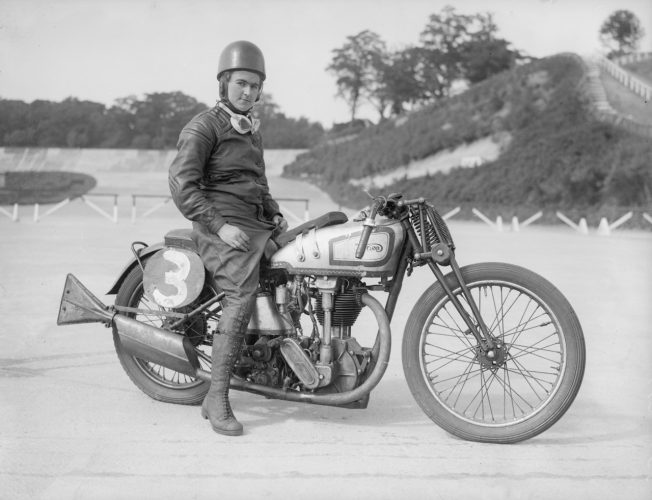 " title="This here is a legend of British engineering.And I& #39;m not talking about the bike.Let& #39;s meet Beatrice Shilling. #ALD2020 https://abs.twimg.com/hashflags... draggable="false" alt="">" class="img-responsive" style="max-width:100%;"/>
" title="This here is a legend of British engineering.And I& #39;m not talking about the bike.Let& #39;s meet Beatrice Shilling. #ALD2020 https://abs.twimg.com/hashflags... draggable="false" alt="">" class="img-responsive" style="max-width:100%;"/>
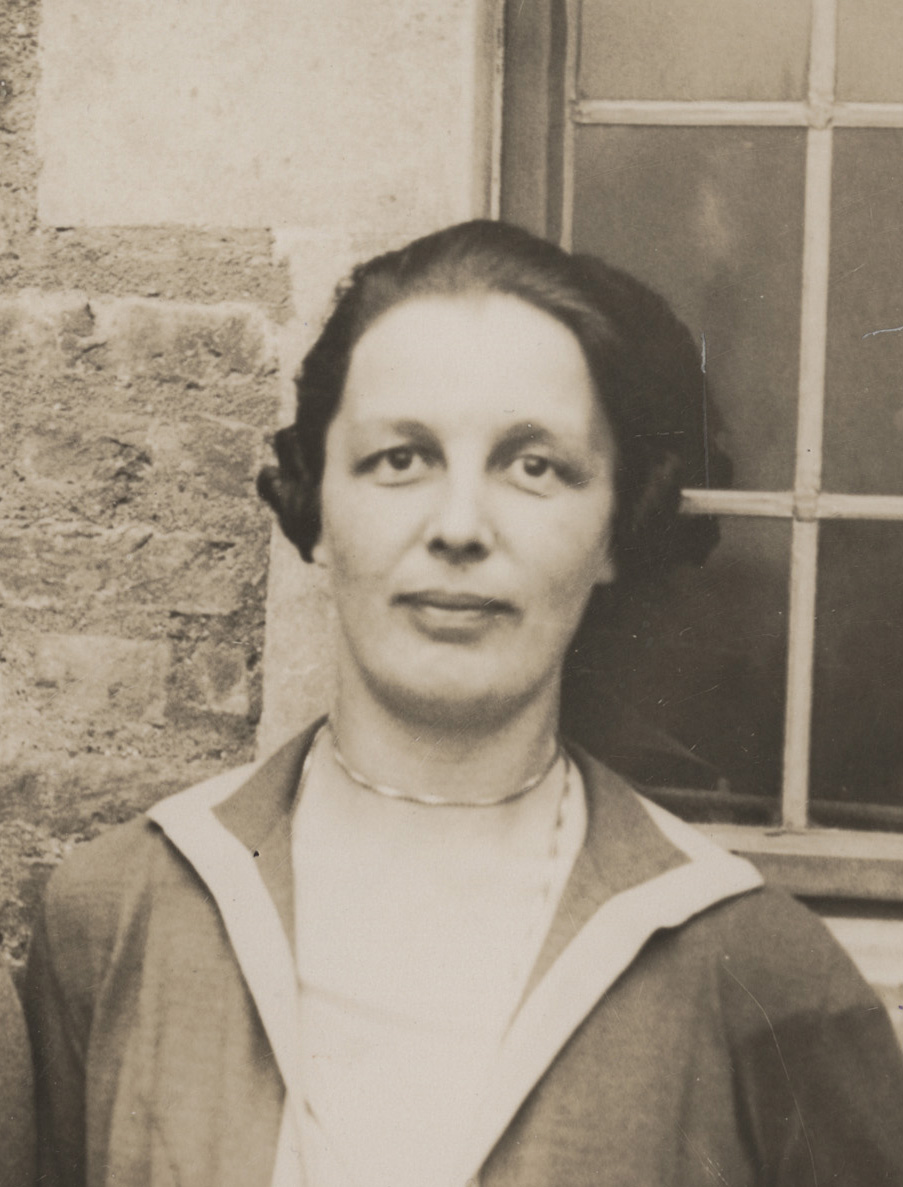

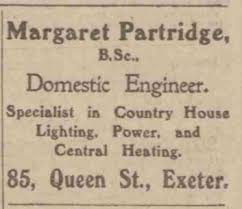
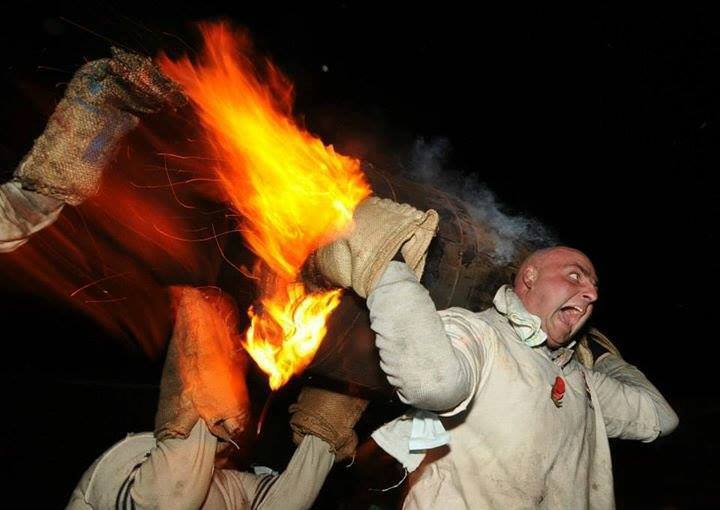
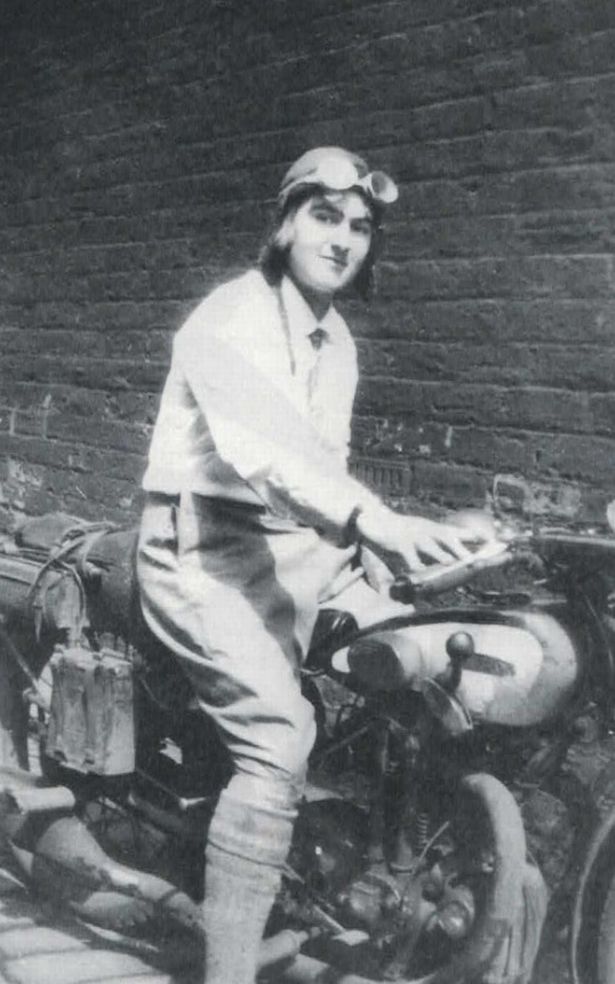

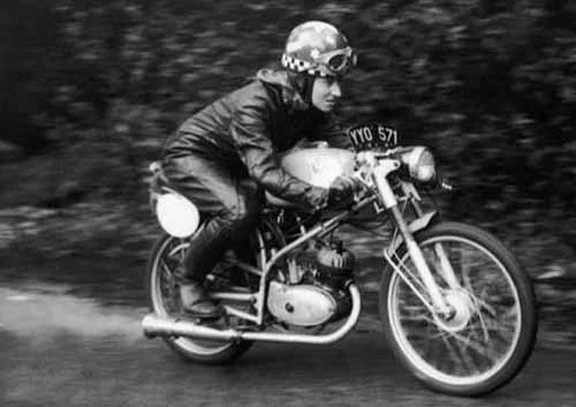
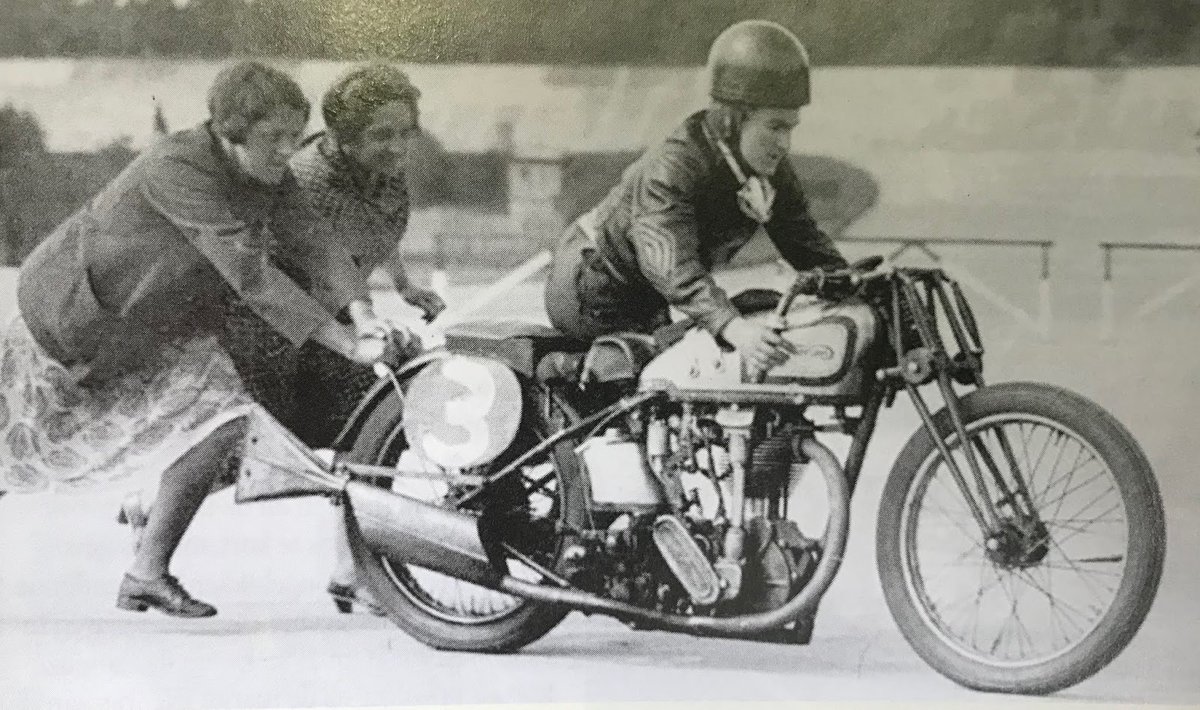
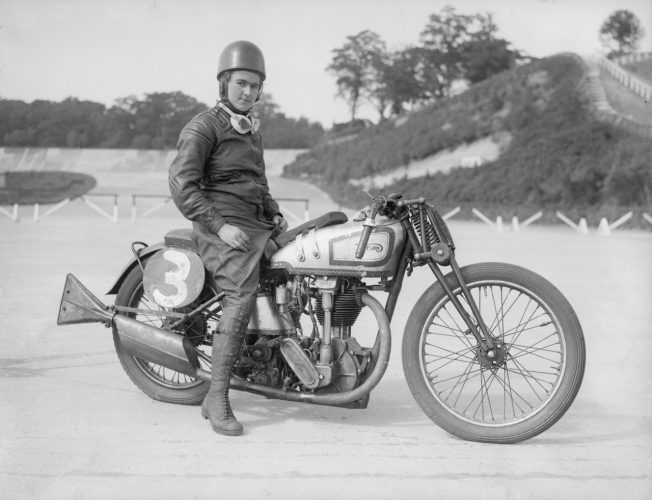

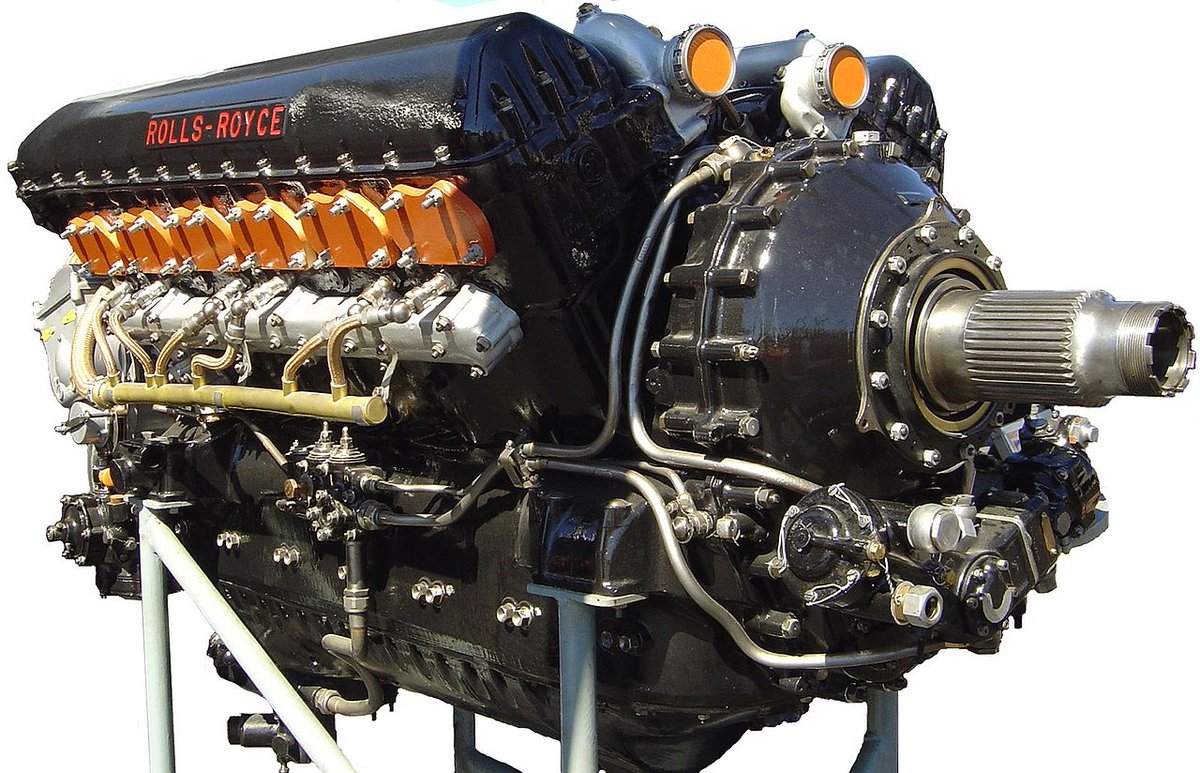
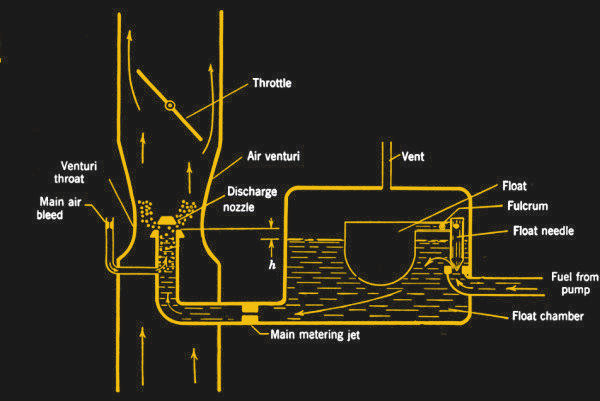
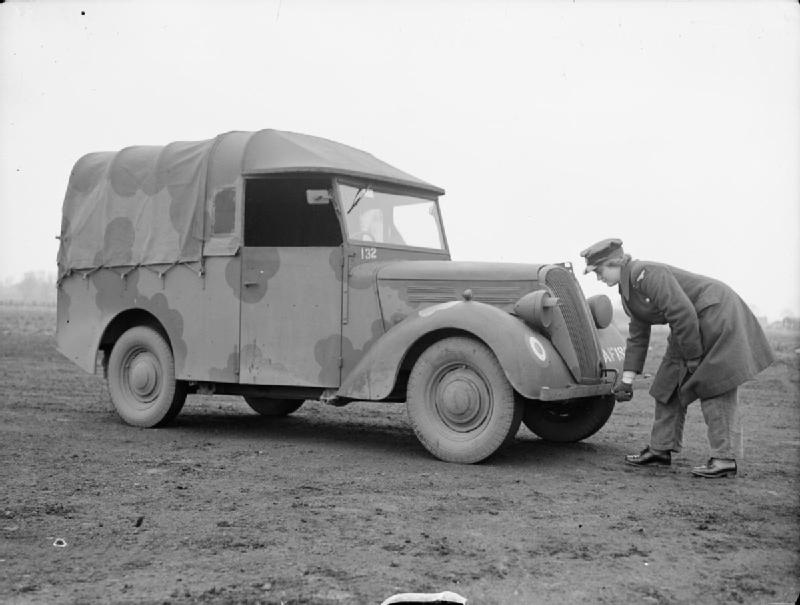
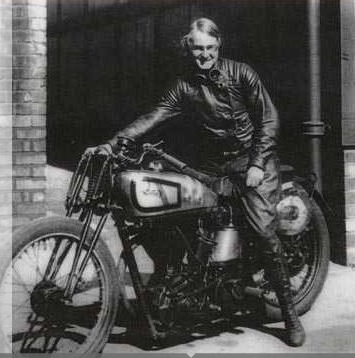
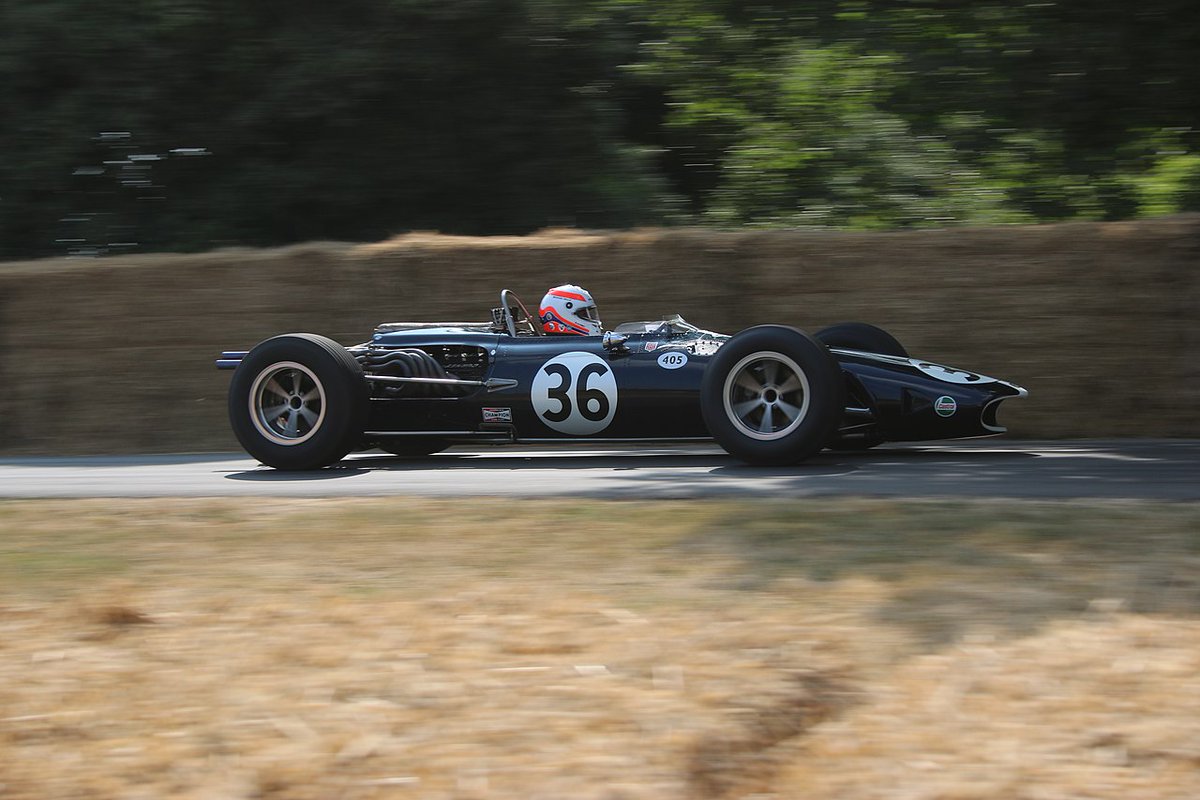

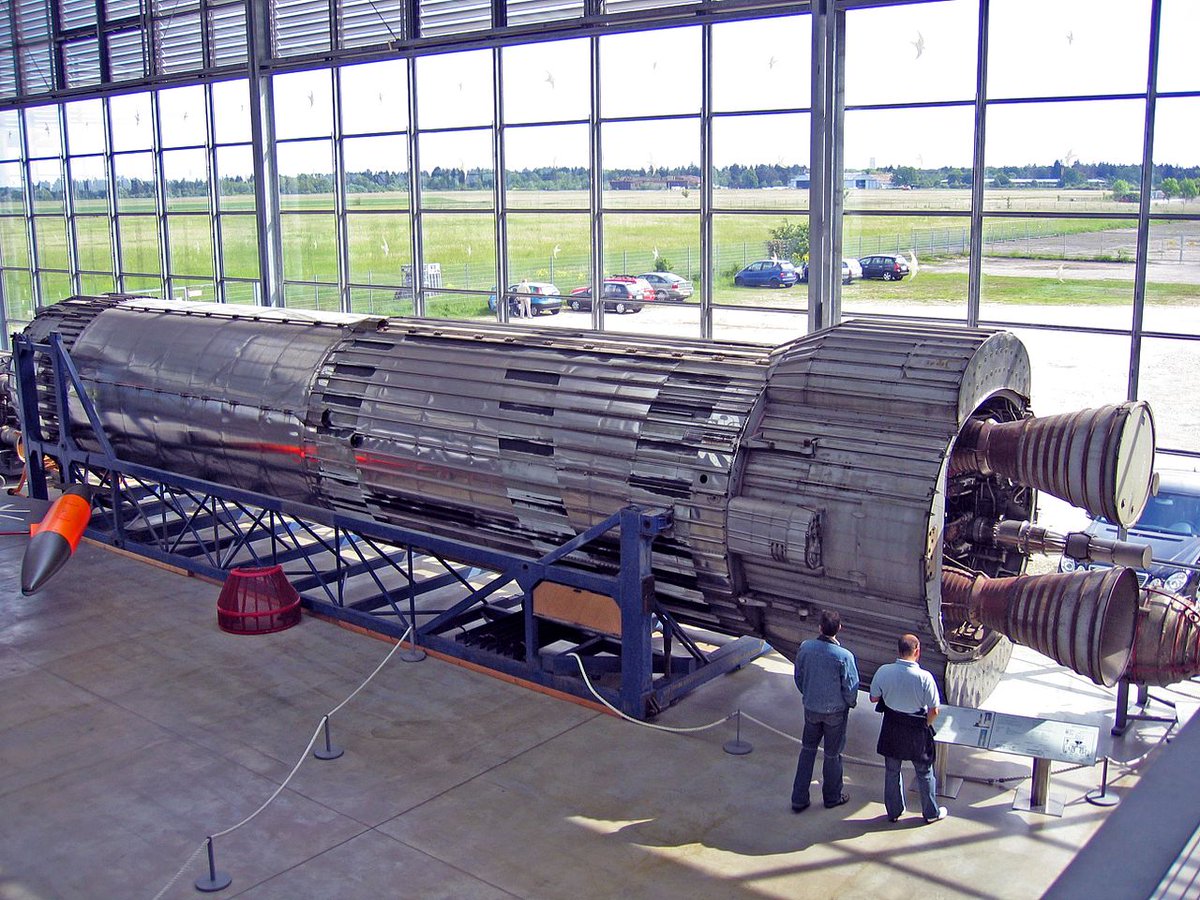
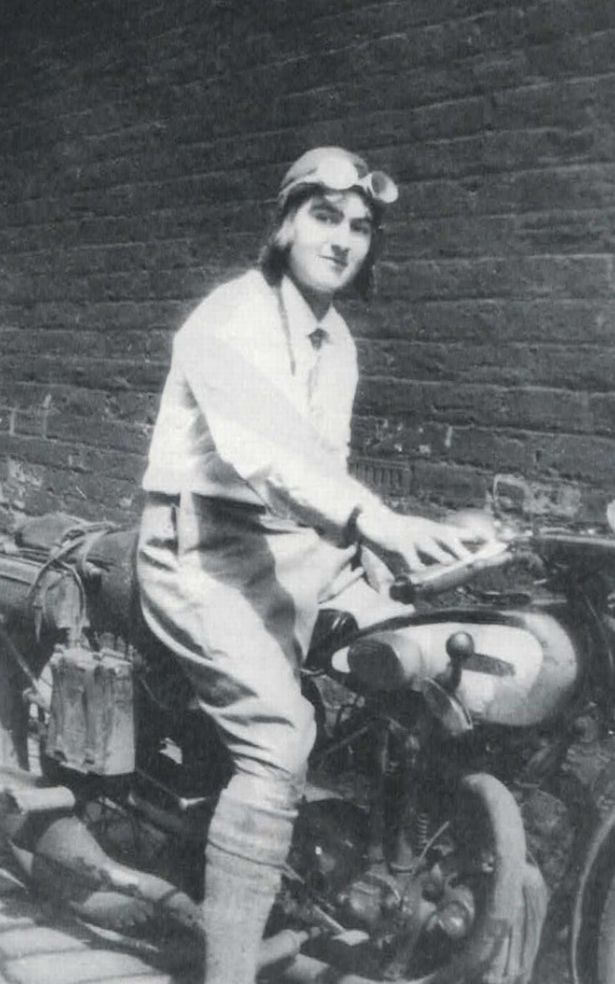
 #ald2020 https://abs.twimg.com/hashflags... draggable="false" alt="">, named after everyone& #39;s favourite betting syndicate mistress and programmer for computers that didn& #39;t actually exist. It aims to promote women in STEM, just like Partridge did.Check out @FindingAda for more." title="This thread was prompted by #AdaLovelaceDay https://abs.twimg.com/hashflags... draggable="false" alt=""> #ald2020 https://abs.twimg.com/hashflags... draggable="false" alt="">, named after everyone& #39;s favourite betting syndicate mistress and programmer for computers that didn& #39;t actually exist. It aims to promote women in STEM, just like Partridge did.Check out @FindingAda for more." class="img-responsive" style="max-width:100%;"/>
#ald2020 https://abs.twimg.com/hashflags... draggable="false" alt="">, named after everyone& #39;s favourite betting syndicate mistress and programmer for computers that didn& #39;t actually exist. It aims to promote women in STEM, just like Partridge did.Check out @FindingAda for more." title="This thread was prompted by #AdaLovelaceDay https://abs.twimg.com/hashflags... draggable="false" alt=""> #ald2020 https://abs.twimg.com/hashflags... draggable="false" alt="">, named after everyone& #39;s favourite betting syndicate mistress and programmer for computers that didn& #39;t actually exist. It aims to promote women in STEM, just like Partridge did.Check out @FindingAda for more." class="img-responsive" style="max-width:100%;"/>


